When many people think of cosmetic procedures, they only picture major surgeries with significant downtime. But today, there’s a wide range of non-surgical and minimally invasive cosmetic treatments that offer powerful results without the long recovery. In fact, 83% of all cosmetic procedures performed in 2023 were minimally invasive, reflecting a growing preference for subtle enhancements with minimal interruption to daily life.
As you consider signing up for one of these procedures, you should know what minimally invasive cosmetic surgeries are and the main types of them.
What Is a Minimally Invasive Cosmetic Surgery? What Does “Minimally Invasive” Mean?
A minimally invasive cosmetic surgery is a procedure that uses small incisions, fine instruments, or no incisions at all to improve your appearance or correct an issue. Compared to traditional surgeries, these procedures involve less trauma to the body, lower risk of complications, and faster recovery times. Many of them are done right in the office and don’t require general anesthesia.
In medical terms, procedures like those performed with a laparoscope (a small tube with a light and camera) are also considered minimally invasive, but in cosmetic medicine, it often refers to techniques such as injections, laser therapy, and skin resurfacing. Since they only require minimal downtime and involve limited disruption to the skin and tissues, they’re often referred to as small procedures or minor operations.
What Are the Most Common Minimally Invasive Cosmetic Surgeries?
Based on the latest data from the American Society of Plastic Surgeons, the most common types of minimally invasive cosmetic surgeries performed in 2023 included:
- Neuromodulator injections (e.g., Botox, Dysport): 9.4 million
- Hyaluronic acid fillers (e.g., Juvederm, Restylane): 5.2 million
- Laser skin resurfacing: 3.5 million
- Combination laser treatments: 3.1 million
- Lip augmentation: 1.4 million
Additional common procedures included:
- Non-hyaluronic acid fillers: 920,000+
- Noninvasive fat reduction (like CoolSculpting): 740,000+
- Sclerotherapy (for spider veins): 510,000+
- Noninvasive skin tightening (such as radiofrequency or ultrasound treatments): 430,000+
Guide to the 9 Types of Minimally Invasive Cosmetic Surgeries
With many minimally invasive cosmetic surgeries available today, you have lots of options to choose from. Before you sign up for a consultation, it can help to understand the basics of these procedures and their benefits so you can go into your appointment fully informed. As you prepare for a consultation, take a moment to learn more about the primary nine types of minimally invasive cosmetic surgeries:
1. Neuromodulator Injectable Treatments
Neuromodulator treatments, such as Botox and Dysport, involve injecting a purified form of botulinum toxin into specific facial muscles. The toxin temporarily blocks the nerve signals that cause muscles to contract, which helps reduce the appearance of dynamic wrinkles like crow’s feet, forehead lines, and frown lines.
The procedure typically takes less than 15 minutes. A fine needle is used to target the precise muscles responsible for expression lines. Results begin to appear within 3–5 days and last about about 3–4 months. There is no downtime, making this a convenient option for people with busy schedules.
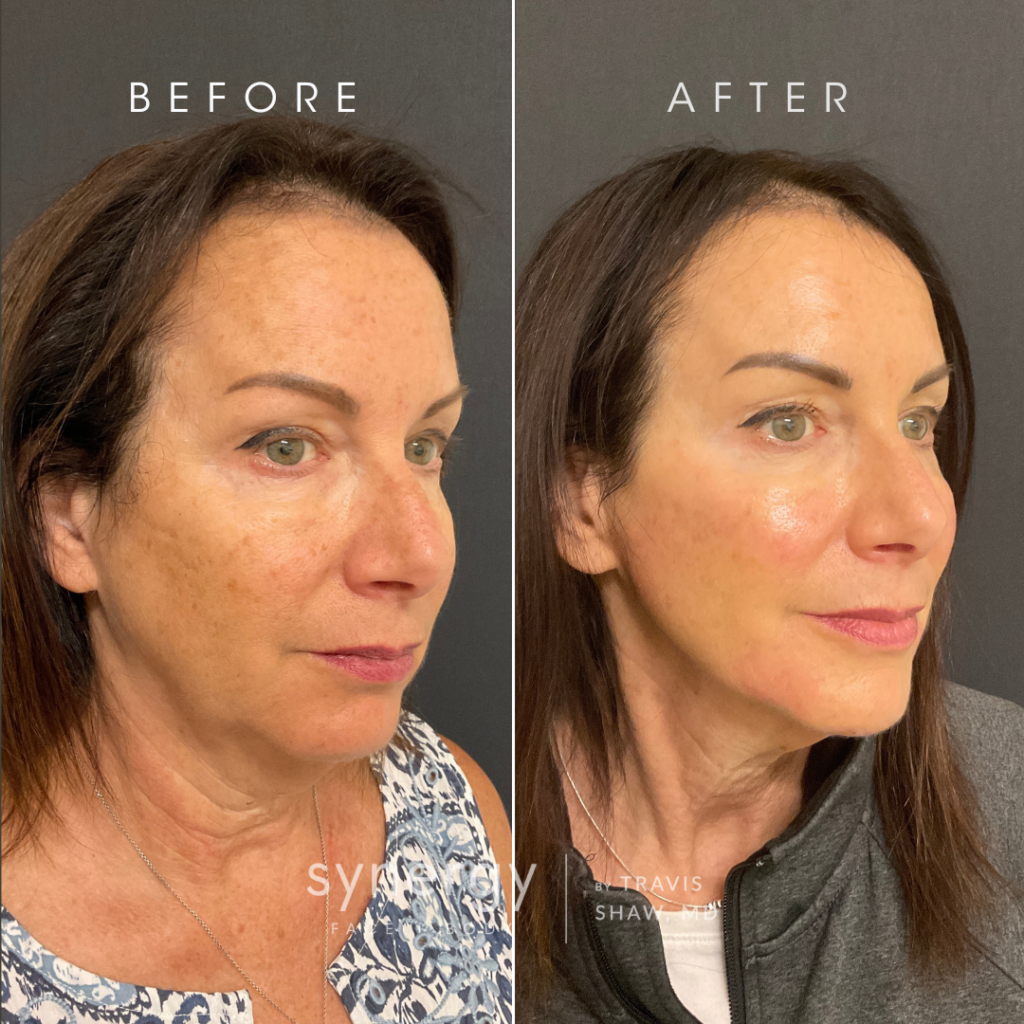

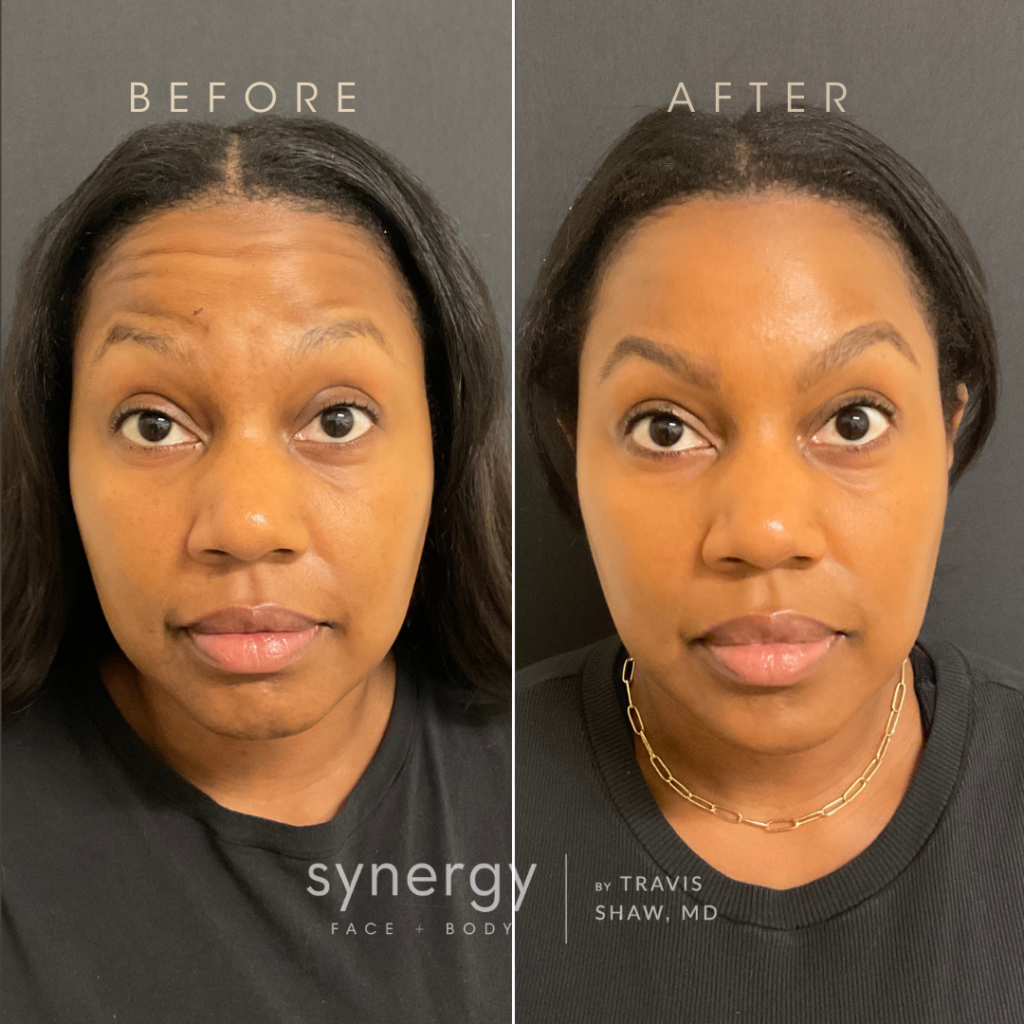
2. Hyaluronic Acid Fillers
Hyaluronic acid (HA) fillers are gel-like substances injected beneath the skin to restore lost volume, enhance facial contours, and smooth fine lines. Popular brands include Juvederm and Restylane.
During the treatment, a provider uses a fine needle or cannula to place the filler strategically into areas like the cheeks, lips, under-eyes, or smile lines. The HA attracts water, adding volume and hydration to the skin. Results are immediate and can last from 6 to 18 months, depending on the formulation used. Mild swelling or bruising may occur but typically resolves within a couple of days.

3. Skin Resurfacing
Skin resurfacing is a broad term for procedures that remove damaged outer layers of skin to reveal smoother, more even-toned skin underneath. Techniques include chemical peels, microdermabrasion, and laser resurfacing.
Laser resurfacing, for example, uses focused light energy to create controlled micro-injuries in the skin. This triggers collagen production and accelerates cellular turnover. Depending on the intensity of the treatment, recovery can range from no downtime to several days of redness and peeling. Patients often notice improvements in texture, pigmentation, and fine lines.
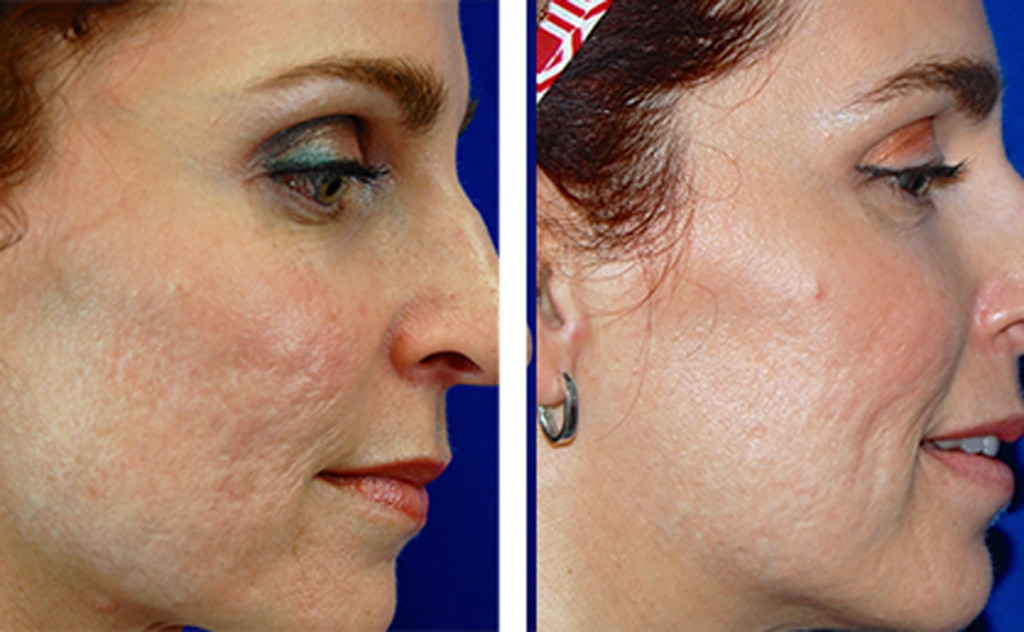
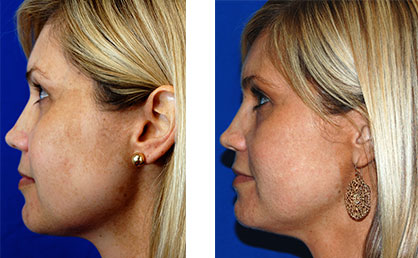
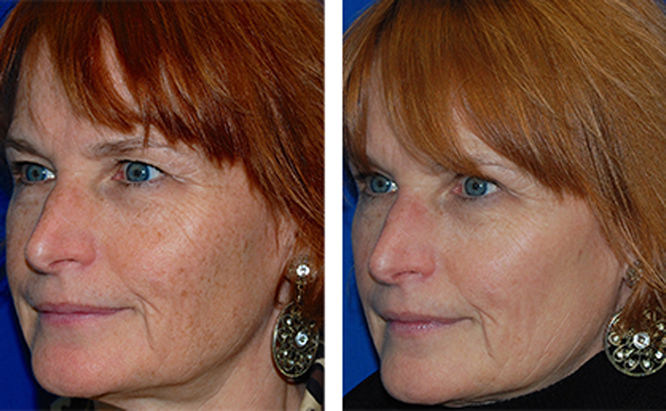
4. Skin Treatment With Combination Lasers
Combination laser treatments use multiple energy-based technologies, such as IPL (intense pulsed light), fractional CO2 lasers, or radiofrequency, to target different skin concerns in a single session. These treatments are highly customizable.
For example, a combination of IPL and fractional laser might be used to reduce sun spots, redness, and acne scars. These devices work by heating the deeper layers of skin, stimulating collagen while leaving the surface mostly intact. Sessions typically last 30–60 minutes, and recovery ranges from a few hours of redness to a couple of days of mild swelling.
5. Lip Augmentation With Injectable Materials
Lip augmentation is most commonly achieved through injectable hyaluronic acid fillers designed specifically for the lips. These fillers add volume, enhance shape, and improve symmetry.
During the procedure, a small needle or cannula is used to inject filler into targeted areas of the lips. The process typically takes 15–30 minutes and can be tailored for subtle enhancement or more dramatic results. Swelling and tenderness are normal for the first 48 hours, and results can last up to 6-18 months, depending on the product used.
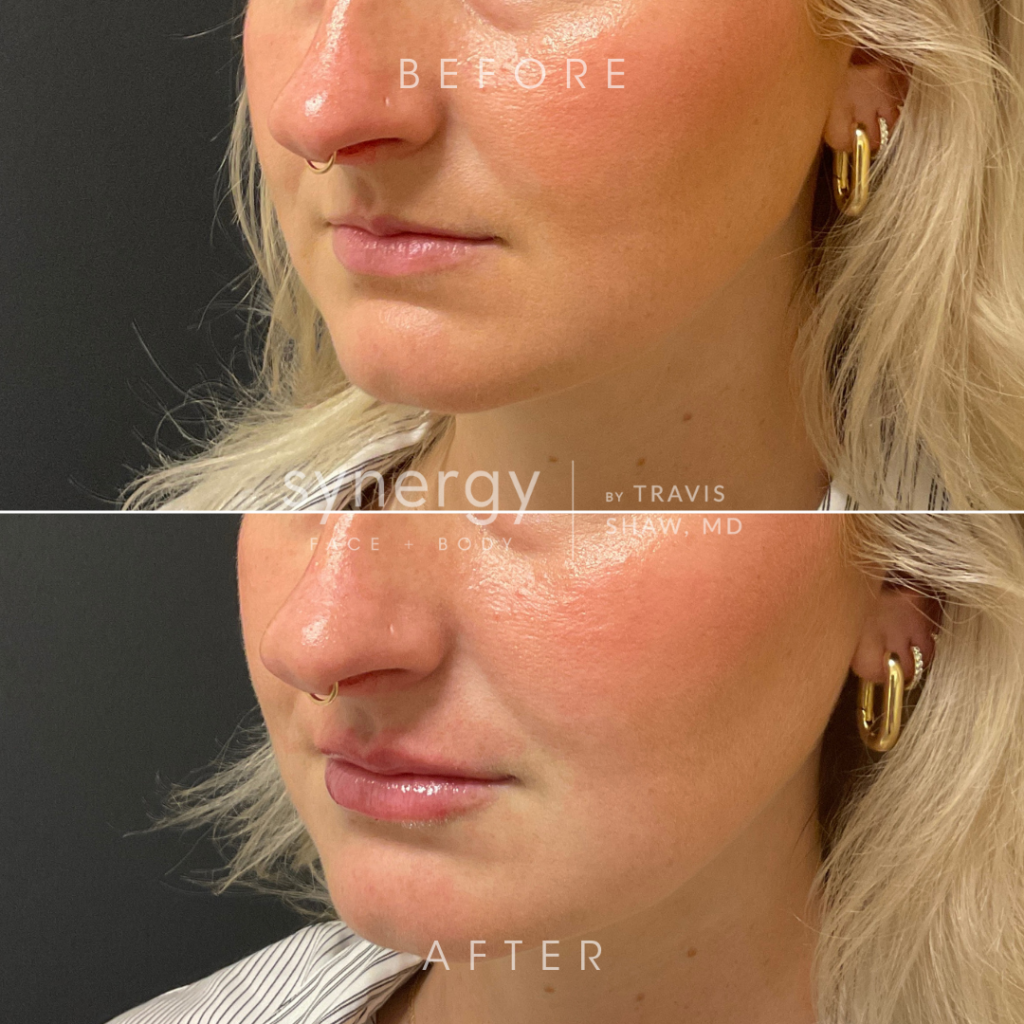
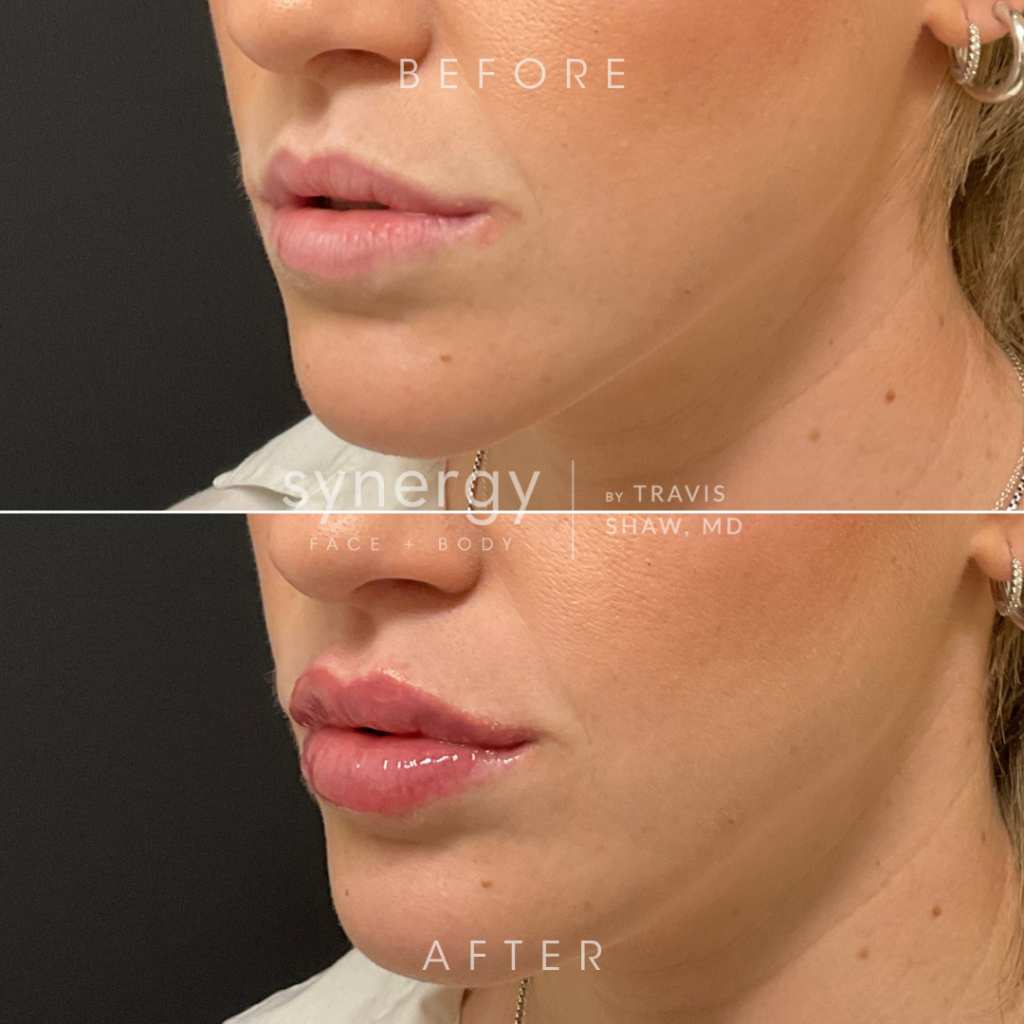

6. Non-hyaluronic Acid Fillers
Non-HA fillers like Sculptra (poly-L-lactic acid) and Radiesse (calcium hydroxylapatite) work differently from traditional HA fillers. Instead of providing immediate volume, they stimulate your body’s own collagen production over time.
These fillers are often used in areas with deeper volume loss, such as the temples or jawline. Treatment involves a series of injections spaced a few weeks apart. Results develop gradually and can last up to two years. Mild swelling or bruising may occur after each session.
7. Noninvasive Fat Reduction
Noninvasive fat reduction treatments like CoolSculpting and SculpSure use targeted cooling or heating technologies to destroy fat cells without surgery. These destroyed cells are then naturally eliminated by the body over time.
In CoolSculpting, for example, an applicator is placed on the treatment area (such as the abdomen or flanks), where it delivers controlled cooling to freeze fat cells. The procedure takes about 35–60 minutes per area. There is no downtime, and results begin to appear in 3–6 weeks, with optimal results seen after 2–3 months.
8. Sclerotherapy
Sclerotherapy is a non-surgical treatment for spider veins and small varicose veins. It involves injecting a sclerosing solution directly into the affected veins, causing them to collapse and eventually fade from view.
The procedure is performed using a fine needle and usually takes about 30 minutes. Patients may need to wear compression stockings afterward and avoid strenuous activity for a few days. Multiple sessions may be needed for best results, especially for larger or more visible veins.
9. Noninvasive Skin Tightening
Noninvasive skin tightening treatments like Ultherapy (ultrasound) and Thermage (radiofrequency) use heat energy to stimulate collagen and elastin production deep within the skin.
These devices deliver focused energy below the surface of the skin without damaging the outer layer. As the body produces more collagen over time, patients notice firmer, tighter skin. Treatments are typically 30–90 minutes long, depending on the area, and most people can return to normal activities immediately. Full results develop gradually over 2–6 months.
How Long Does It Take to Recover From Minimally Invasive Surgery?
Recovery times vary depending on the treatment but are generally quick compared to traditional surgery. Many patients return to normal activities the same day or within 48 hours. Mild swelling, redness, or bruising may occur but typically resolve within a week.
Here’s a quick look at recovery by procedure:
- Neuromodulators: No downtime
- Fillers: 24–48 hours for swelling to subside
- Laser treatments: A few days to a week, depending on depth
- Fat reduction: No downtime, results appear over weeks
In general, the less invasive the procedure, the faster the recovery, making these treatments ideal for anyone with a busy lifestyle.
What Is the Least Invasive Type of Cosmetic Surgery?
The least invasive cosmetic treatments are those that require no incisions or anesthesia, such as:
- Neuromodulator injections (e.g., Botox)
- Hyaluronic acid fillers
- Chemical peels
- Light-based treatments (IPL)
These options are ideal for those who want visible results without the commitment of surgery. They’re also a great way to dip your toe into cosmetic treatments with little risk or downtime.
Request a Consultation for a Minimally Invasive Cosmetic Procedure in Richmond, VA
If you’re interested in receiving a minimally invasive cosmetic procedure in Midlothian or Richmond, VA, you’ll want to request a consultation at Synergy Face + Body by Travis Shaw, MD. We regularly perform minimally invasive cosmetic procedures to help our patients feel confident and know they look their best. Whether you need laser hair removal, botox, skin treatments, facial resurfacing, or skin treatments, we can meet your needs.
Learn more about our non-surgical treatments today. When you’re ready to get started, please request a consultation.


